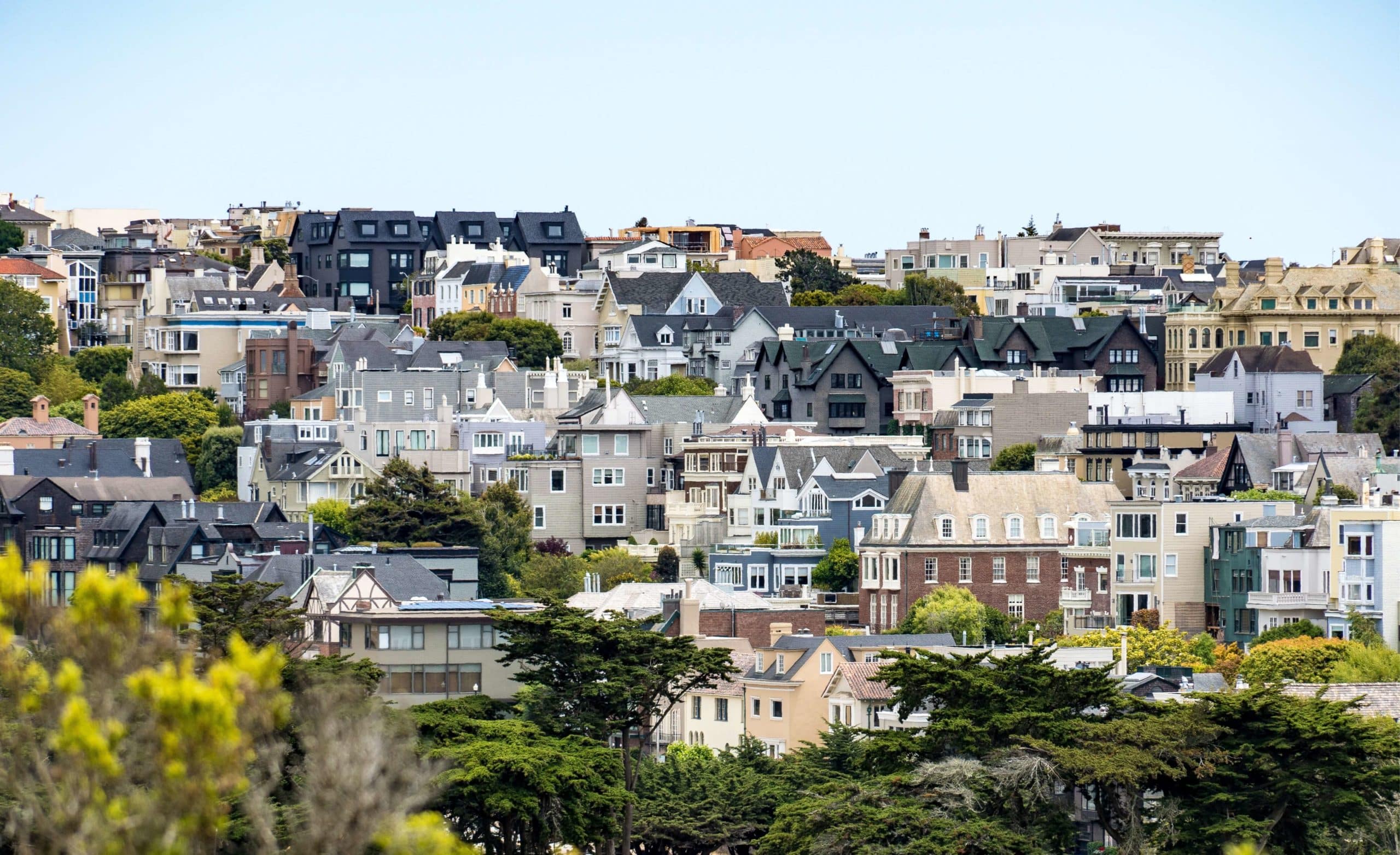In April 2016 the Chancellor at the time, George Osbourne, added an extra 3% to stamp duty on second homes. This created a significant extra cost for people buying additional properties. Here’s everything you need to know about the charge.
17th-century tax
Stamp duty has been a part of British life since it was introduced way back in 1694 by King William III. Initially, it was added to goods, rather than properties, to raise funds for war with France. In the following 18th and 19th centuries, it was levied on all sorts of things from dice and cards to hats and mittens.
These days it’s known as the stamp duty land tax (SDLT) and is paid by people buying a home, but that shift didn’t happen until the 20th century. Since then it’s gone through plenty of changes, most recently Osbourne’s 3% raise on second homes.
Stamp duty on single homes
To understand how that extra charge impacts second homes it’s worth taking a look at how the tax is applied to homes that will be the buyer’s single main residence. It is calculated on a sliding scale, getting progressively more expensive as the sale price of a home rises. These are the different rates for each band of the property value:
- Up to £125,000, stamp duty is zero
- £125,001 to £250,000, stamp duty is 2%
- £250,001 to £925,000, stamp duty is 5%
- £925,001 to £1.5 million, stamp duty is 10%
- Above £1.5 million, stamp duty is 12%
The charge is staggered, so on a home worth £500,000 the first £125,000 is stamp duty free, the next £125,000 is taxed at 2% and the final £250,000 is taxed at 5%. That gives a grand total of £15,000.
Your second home stamp duty
To work out the stamp duty on a second home, you need to add 3% to each rate in the tax bands above. The government has a handy stamp duty calculator that’ll walk you through your calculation. Here are the stamp duty rates for second homes:
- Up to £125,000, stamp duty is 3%
- £125,001 to £250,000, stamp duty is 5%
- £250,001 to £925,000, stamp duty is 8%
- £925,001 to £1.5 million, stamp duty is 13%
- Above £1.5 million, stamp duty is 15%
This means for a second home worth £500,000 stamp duty is charged at £30,000, which is a considerable increase.
What counts as a second home?
As far as the law goes it’s any home that is not your main residence. But in practice that can mean lots of things.
Many second homes are bought as buy-to-let investments or run as Airbnbs. Others are used as holiday homes or city boltholes for people who want to stay near work during the week. You may consider buying a second home if you want to downsize or reduce costs, but keep hold of your first property and rent it out. This could be because it’s a family home you want to pass on one day.
Alternatively, you may be struggling to sell it on the open market and have the means to buy your next home. Or you’ve found your dream property and want to secure it before somebody else does. In these cases, if you’d rather sell up, move on and avoid the bigger stamp duty hit, we’re a great option. We specialise in selling homes quickly – within seven days if necessary.
Does stamp duty apply to all second homes?
If it’s not your main residence usually, yes. But there are some exceptions. For a start, any second home under £40,000 is stamp duty free, as are caravans, houseboats and mobile homes.
Now it starts to get a little complicated. If you’re replacing your main residence but keeping a second home, you do not need to pay the extra 3% on your new main residence. If you buy a second home without selling your first you will have to pay the extra tax, but you can claim a refund if you sell your first home within three years.
Separation and divorce can also make matters less clear. As a rule, married couples and civil partners are treated as one entity. But as long as you are clearly separated the fact your former partner has bought somewhere doesn’t mean a property you buy will be classed as a second home.
If you are divorced but still hold a share in a home with your former spouse a court must grant a property adjustment order. This shows your share will be handed over to them and means you won’t have to pay the 3% extra on any new home you buy. If you haven’t got one of those and do pay the extra tax, you can claim a refund if your share is sold within three years.
For those who inherit a home, even if you’ve never bought one yourself, 3% extra stamp duty will be added if you buy additional property. But if your share of the inherited property is 50% or less it won’t be.
We’re here to help
Whatever your situation always chat to your solicitor to make sure you’re paying the right stamp duty. If you decide you’d prefer to sell your first house quickly with as little fuss as possible, rather than shoulder the extra cost, we can help. This even applies if you are a landlord in need of selling a property with tenants already living there.
We’ve been getting people moving for more than 30 years and we’re experienced at dealing sensitively with challenging home selling situations, including those involving a divorce or inheritance.


















